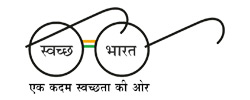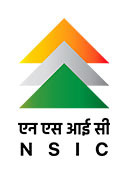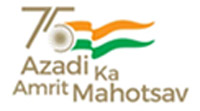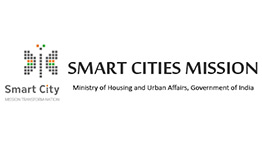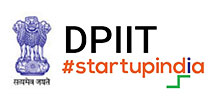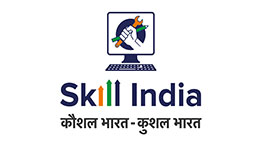India occupies 2 percent of the world’s land area, represents 16 percent of the world population and 15 percent of livestock, whereas it has only 4 percent of the water resources of the world.
Furthermore, India ranks 133rd out of 180 nations for its water availability and 120th out of 122 nations for its water quality. It has been evaluated that 80 percent of India’s surface is polluted which results in India losing US$ 6 billion every year due to water-related diseases.
Challenges faced by the Indian water sector are due to increasing water consumption and wastage in urban areas, water-borne diseases, industrial growth, political and regulatory disputes, water cycle imbalances, increasing irrigation and agricultural demand, lack of technology, etc.
According to estimates, India’s water sector requires investment worth US$ 13 billion.
Water India 2020 expo is an important platform created to show case products, services and solutions available in the water industry worldwide.
The event will provide comprehensive insight into the water industry–best practices, latest technologies, alternative solutions, emerging opportunity and business prospective.


